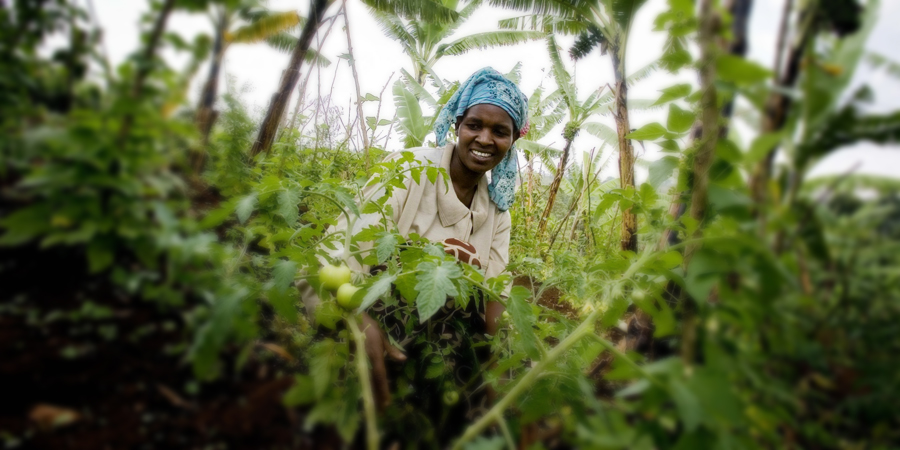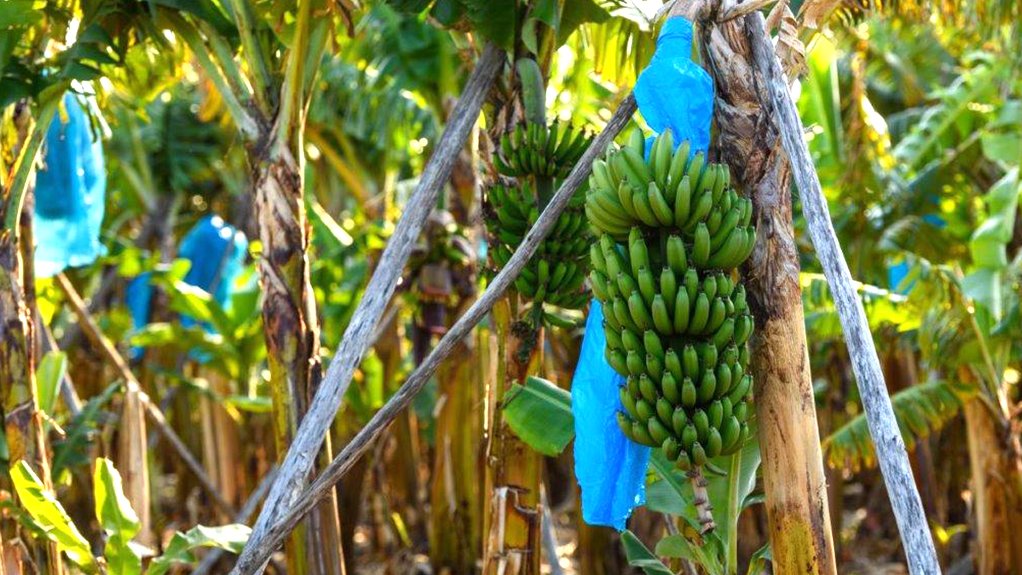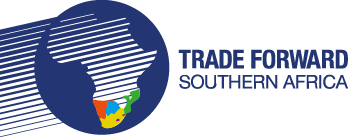The Food and Agriculture Organisation of the United Nations (FAO) in collaboration with the Southern African Development Community (SADC) have launched the inaugural SADC Agricultural Information Management System (AIMS).
It is a platform to generate agricultural data for evidence-based decision-making for the region.
The launch follows unreliable and unharmonised data in the agricultural sector in Southern Africa has always been a set-back for policy-makers, resulting in considerable delays in planning processes for implementation of well-coordinated regional responses to curb threats that include transboundary pests and diseases such as the Fall Armyworm and Foot and Mouth Disease (FMD) that negatively impact on productivity and trade in the region.
The AIMS platform was developed through the project ‘Support Towards Operationalisation of the SADC Regional Agricultural Policy’ (STOSAR) funded by the European Union (EU).
“The SADC AIMS is an integrated and multilingual system providing policy-makers with access to reliable and timely data on which to base policies, resource allocations, and emergency interventions.
This web-based application will provide SADC Member States with standardized instruments necessary to produce and disseminate comparable statistical information to inform SADC policies,” said Patrice Talla, FAO Subregional Coordinator for Southern Africa.
The SADC AIMS platform is a web-based application with 12 modules for collecting, storing and analyzing agricultural information. This system is supported by a high-end server that was installed at the SADC Headquarters data centre in February 2022. At least 32 computers were also procured for the 16 SADC countries to ensure they had the infrastructure for setting up a functional AIMS system at national level.
“The regional approach adopted by this project helps to standardise procedures for information management and sharing, communication on food security, and to rationalize decision-making on the management of food production.
This should be a good indicator of prospects for deeper regional integration, with the ultimate goal of increasing access to export markets and trade opportunities,” Tebogo Matlhare, the EU Programme Officer, said.
The SADC AIMS platform will positively impact the agricultural sector in the region through its capability to accurately measure the performance of the sector to support and influence timely strategic interventions such as early warning systems for early anticipatory action.
The AIMS platform also provides the information needed for tracking progress made towards the attainment of the food and nutrition security goals and commitments stipulated in key development policies such as the Regional Indicative Strategic Development Plan (RISDP) 2020 – 2030, the Comprehensive Africa Agriculture Development Programme (CAADP), and the United Nations Sustainable Development Goals (SDGs).
“Sound agricultural policies that are data-driven are the backbone of a thriving agricultural sector. They are strategic to SADC’s development, unlocking economic growth, increasing incomes, improving living standards, eradicating poverty, and enhancing food security for all Member States,” Domingos Gove, the SADC Food, Agriculture and Natural Resources (FANR) director, said.
“To ensure that we continue to be at the forefront of ending hunger, the FAO continuously applies modern scientific knowledge, technology and data analysis to develop innovative, data-driven policies, which are well targeted and produce the desired results,” added Talla in his remarks at the launch.
Through the AIMS component of the STOSAR Project, all 16 Member States have had their capacities developed in data harmonisation, AIMS principles and operations so that they can regularly feed data into the system.
For purposes of coordination and governance at national and regional levels, AIMS Technical Committees have been established.
The SADC AIMS platform will be accessible through a public-facing landing webpage that will be hosted on the SADC website domain.
Source Article: Further Africa








